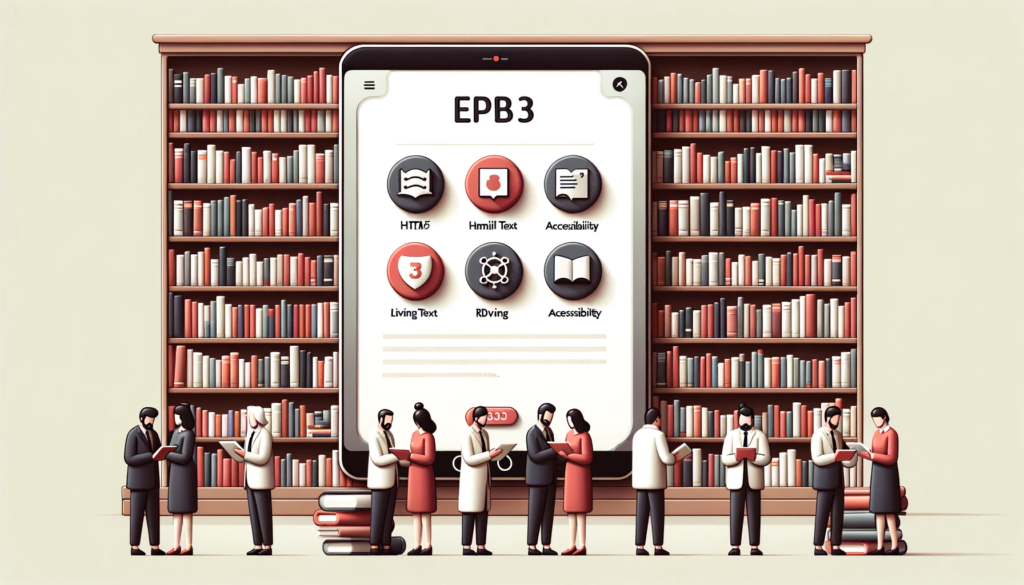The shift towards digital content was significantly accelerated by the recent pandemic, leading to an increase in demand for digital books. With more people confined indoors, the appeal of digital reading soared due to its ease of access, space-saving, and ecological benefits. However, this rapid shift ignited debates over the survival of the printed book. Interestingly, it’s clear that digital books aren’t intended to replace their printed counterparts. Instead, they are serving as a complementary option and, in some cases, leading to increasing sales of printed versions.
Starting with Digital Publishing
As technology evolves and digital migration becomes more pronounced, publishers and authors should use this as an opportunity to explore digital publishing. It’s crucial to start with smaller projects as a way to understand the complexities of digital publishing and make necessary adjustments. Sometimes, diving into larger projects can be overwhelming and result in significant losses if things don’t go as planned.
Understanding the Needs of Digital Readers
One of the significant steps in venturing into digital publishing is understanding the needs of digital readers. It is highly beneficial for authors and publishers to gain direct experience in purchasing and reading eBooks. This provides an insider’s view of the user experience, from the buying process to the readability of the eBook on various devices.
Importance of Metadata in Digital Publishing
In digital publishing, understanding and organizing metadata is extremely important. Metadata comprises all vital information about the book, such as the title, the author’s name, and a brief description of the content. Often overlooked, metadata plays a crucial role in how the eBook is catalogued, searched, and discovered by potential online readers.
Choosing the Right Format for Your eBook
When it comes to formatting your eBook, choosing the right format is essential. The choice of format can largely determine the reach and accessibility of your book. While the PDF format is predominant, especially for printed versions of textbooks and research articles, it has certain disadvantages when it comes to digital readability. Specifically, its lack of adaptability to various screen sizes makes it less preferred for eBooks.
On the other hand, EPUB and MOBI formats have become increasingly popular for their adaptability across different devices. EPUB, in particular, offers a fluid layout that provides optimal adaptability to different screen sizes, making it highly appreciated for digital books. It also offers a fixed layout that closely mirrors PDF, preserving the format and design of the original document.
MOBI or kf8 is a format specific to Amazon. However, it’s notable that if you submit an EPUB file to Amazon, it will automatically be converted to the MOBI format.
The Impact of Design in Digital Books
A well-designed digital book can enhance readability and engagement. It’s important to remember that digital book design goes beyond a visually attractive cover – it includes a good layout, readable fonts, appealing colour schemes, and appropriate use of images. Additionally, digital books can include interactive elements like external links, which can greatly enrich the reading experience.
Distribution and Accessibility
Independent publishers and authors can significantly extend the reach of their digital books by distributing them on multiple platforms. Thus, using popular platforms like Amazon KDP and Kobo can increase accessibility and sales. Employing a strong marketing campaign to launch the eBook is also crucial for ensuring successful sales. This includes leveraging the power of social media platforms to engage with potential readers and inform them about the new release. Additionally, regular market research can help authors and publishers understand current market trends and readers’ preferences, allowing them to target their marketing efforts more effectively.
In conclusion, digital publishing is no longer an option but a necessity in today’s fast-paced, technology-driven world. With the advent of the digital era, publishers and authors need to adapt their strategies and seize the opportunities presented by the digital publishing landscape. Incorporating accessibility, understanding reader preferences, applying the correct metadata, and choosing the appropriate format can significantly enhance the success and reach of digital books. As we continue to navigate this digital era, it’s clear that digital and printed books will coexist, catering to the different needs and preferences of diverse readers globally.


